Energy storage - the handshake between renewable energy and electric vehicles
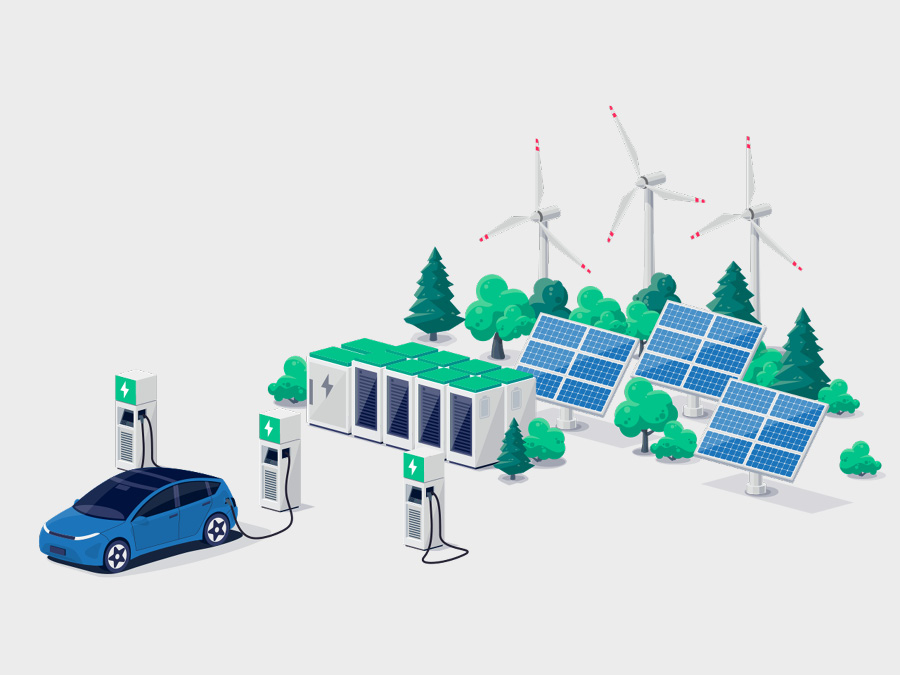
Energy storage with batteries and hydrogen technology is critical for growth and continuous development of some important industries. Two such examples are renewable energy and vehicle electrification (EV). In fact, it can be argued that energy storage acts as a “connector” between renewable energy and vehicle electrification, in that it provides the means for the DC energy produced to be effectively delivered, when needed, to electric vehicles.
Balancing Supply and Demand
Without efficient ways to store the DC energy, it would be virtually impossible to match up demand from intermittent loads (like EV’s) with supply from intermittent energy production sources like solar and wind. Many variables exist that would cause severe unbalance on one side or the other – from an inability to produce energy due to weather when vehicle charging is necessary, to a lack of charging need by a vehicle or fleet when energy production conditions are ideal. Effective energy storage is the key to balancing out supply and demand.
This makes the performance of energy storage very important, as uptime and speed are both necessary to ensure that energy can be stored when produced, and delivered when needed. Gains in performance are achieved through technical advances and regular testing. One area where advances continue to be made is with DC voltage level. Voltages continue to be pushed higher and higher within energy storage, partly because of the advances seen within the industries they support; again, renewable energy and vehicle electrification being two strong examples.
Improved Performance With Higher DC Voltage
For instance, it was not until recently that battery energy storage systems (BESS) were able to be effectively matched up with the high voltages seen at the output of photovoltaic (PV) arrays. It is not uncommon to see voltages reach 1500 VDC, when numerous PV strings are combined. Before BESS were able to operate at this same high voltage, unwanted complexity through introduction of additional components was necessary to ensure a workable match. This often produced less than desirable results, including increased costs and maintenance. With matched systems, these effects are minimized.
On the electric vehicle side, a push for higher voltage within the charging infrastructure is also occurring. This is primarily due to the desire for faster charging. Increasing the current to deliver energy faster would require larger diameter cables, and thus, much heavier equipment. To help manage size and weight, DC voltages are instead being driven higher, to increase the power delivered. These voltages are currently seen in excess of 1,000 VDC, depending on the vehicle class being charged. Further, increases to voltages above this level continue to be explored, and the testing of equipment at elevated levels (1,500 V DC+) is ongoing.
To guarantee performance at these elevated voltage levels, it is important that electrical parameters are monitored and that systems are effectively tested. For energy storage, this is often performed at both the cell and stack level. At the cell level, comparatively small voltages are measured versus what would be seen with the additive stacks. Measurement of the stacks requires voltage monitoring devices that are able to both measure and isolate the high DC voltages. (It should be noted that measurement at the cell level also requires high electrical isolation, as the cells at one end of the stack are on the high stack potential.) With stack measurement, the final piece is to then convert the high DC input voltage to standard low voltage or current output options, which are readable by control systems and data acquisition equipment.
Proven Solution for High Voltage Measurement
An example of a voltage measurement device that has proven successful in energy storage monitoring and testing applications is the P42000D2 transducer from Knick. It provides the capability to measure DC voltages to 2000 V DC, while converting to standard output signals, (i.e., 0 … 10 V DC or 4 … 20 mA.) Full transformer-based galvanic isolation is provided for all 3-channels, (input, output, and power supply) with continuous isolation up to 2200 V DC. Other specifications, such as available cutoff frequency between 10 Hz and 5 kHz and response time (T90) of 110 microseconds, bring peace of mind to effective monitoring of energy storage system performance. Flexibility is provided by way of the P42000D2’s 45 mm wide, din-rail mountable housing and its universal power supply (20-253 V AC/DC).
Latest Posts
Process Analytics
Pharma, Sensor, Conductivity
Interface Technology
Hydrogen
Interface Technology
Interface Technology
Exhibition, InnoTrans
Process Analytics
Achema
Related Posts
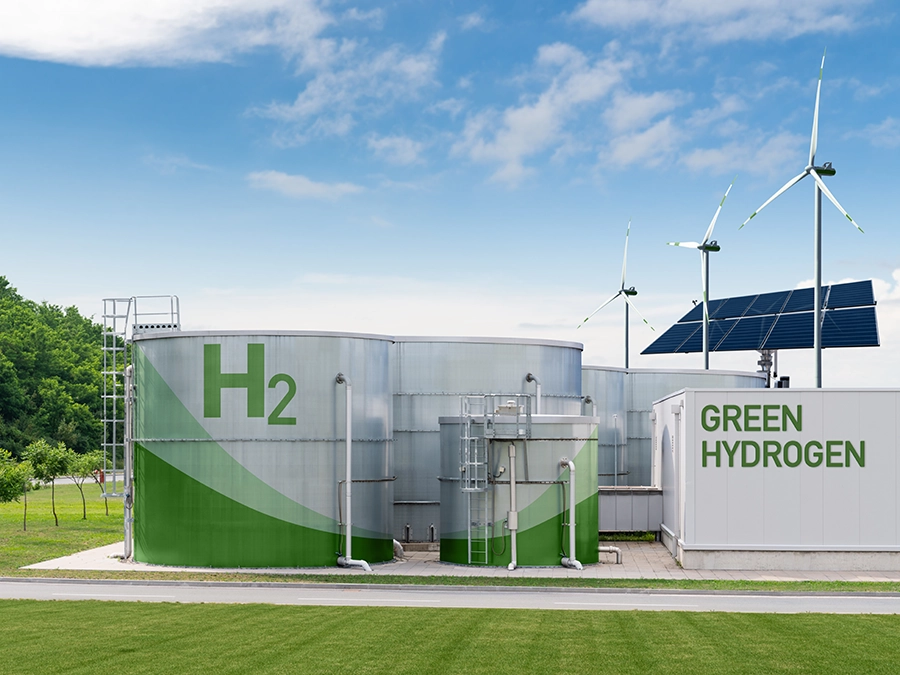
Sept 2024
Interface Technology
Hydrogen
Stack and String Voltage Measurement in Electrolyzers and Fuel Cells
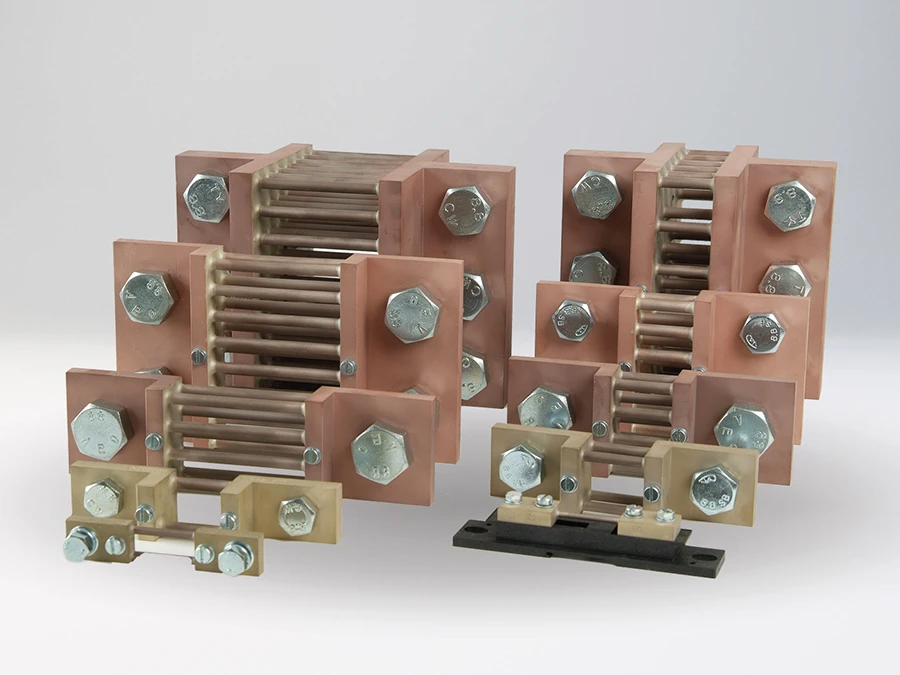
Sept 2024
Interface Technology
New 30 mV Shunt Resistors for Knick Transducers
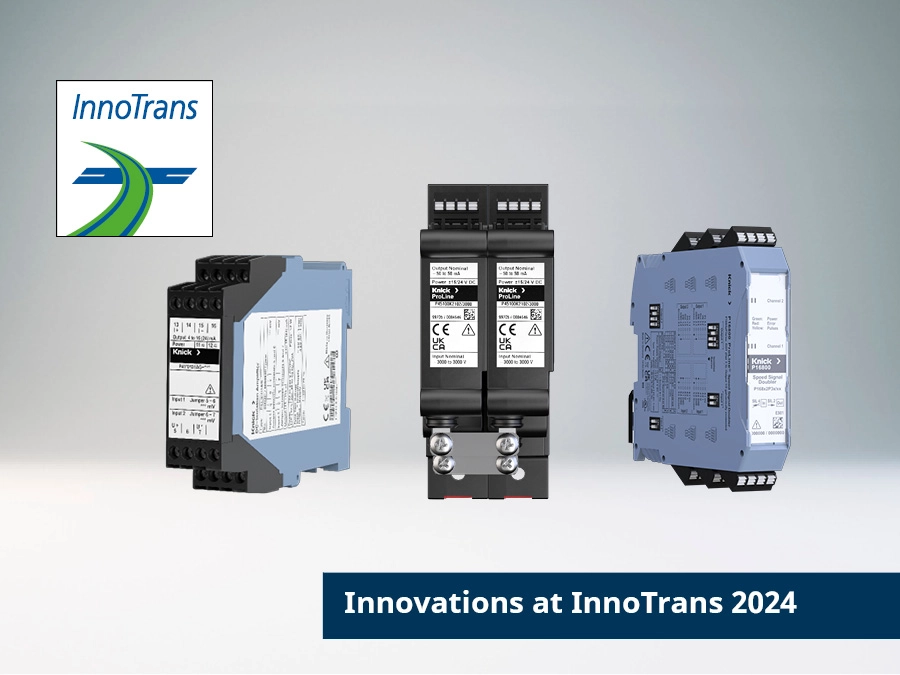
Sept 2024
Interface Technology
Exhibition, InnoTrans
Innovations at InnoTrans 2024 for rolling stock and DC traction power supply

May 2022
Interface Technology
Energy
Energy storage - the handshake between renewable energy and electric vehicles

Feb 2022
Interface Technology
P52000VPD, Voltage
P52000VPD voltage presence detector reliably detects voltages up to 4200 V DC
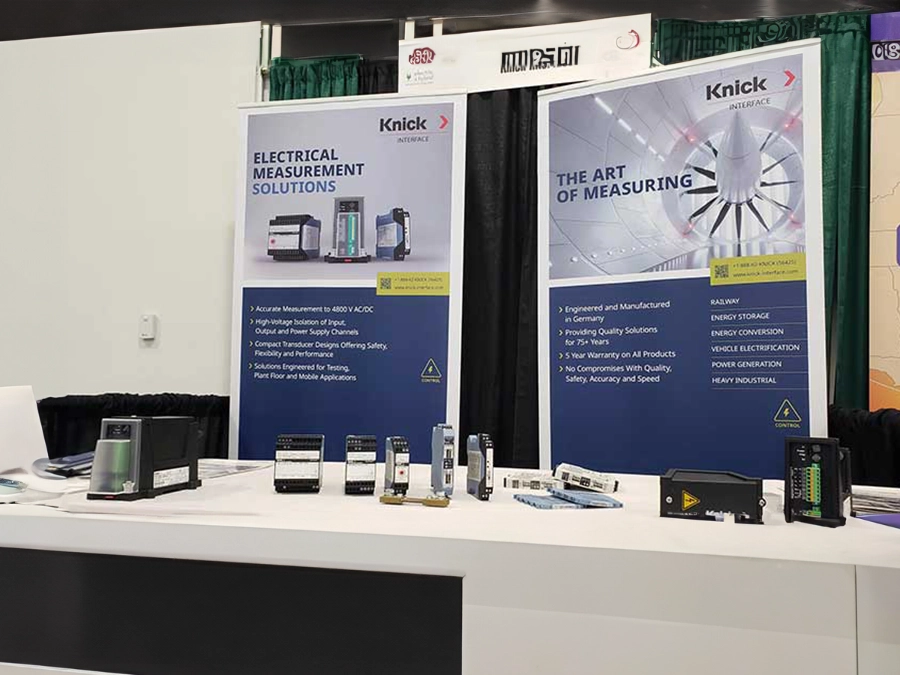
Sept 2021
Interface Technology
USA, Exhibition
Knick Interface at Battery and Electric & Hybrid Vehicle Technology Expo
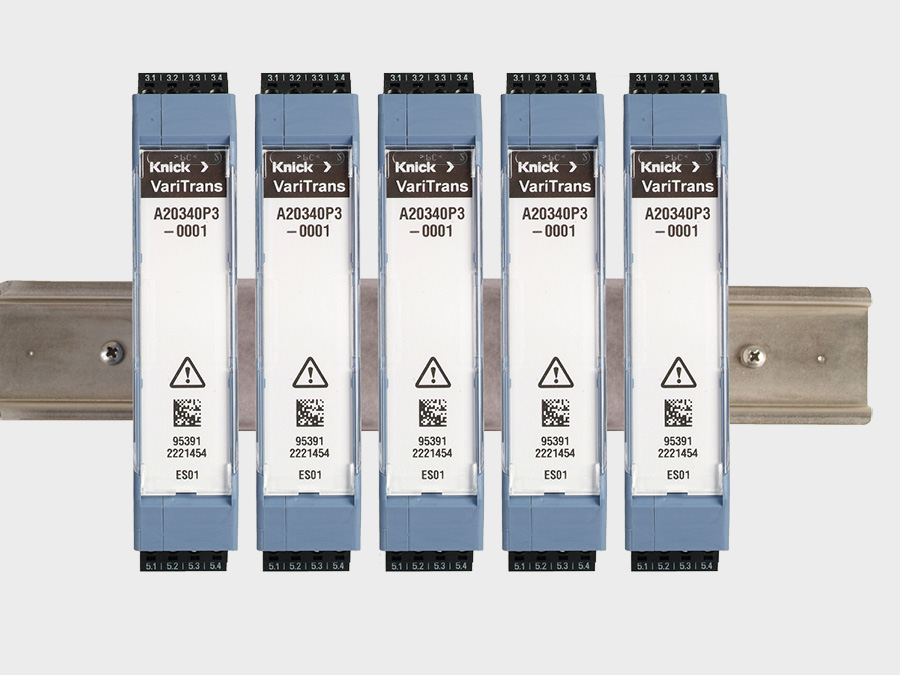
May 2021
Interface Technology
Quadruple Standard Signals in Just One Signal Conditioner
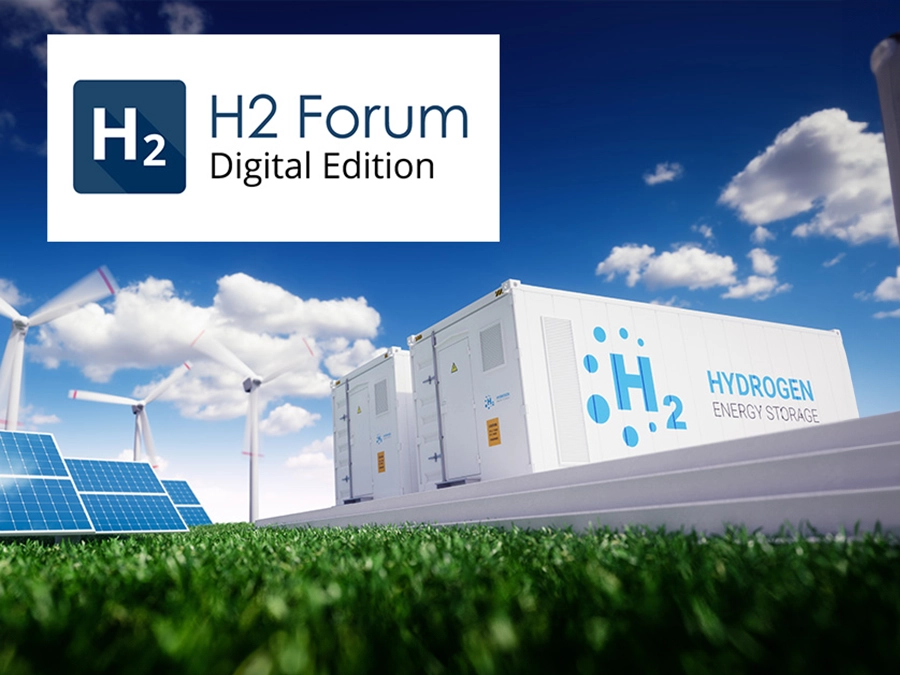
Apr 2021
Interface Technology
Hydrogen
Electrical measurement and process analytics for hydrogen production

Mar 2021
Interface Technology
High-Voltage Transducer, USA, P44000
Condition Monitoring of High-Voltage Motors
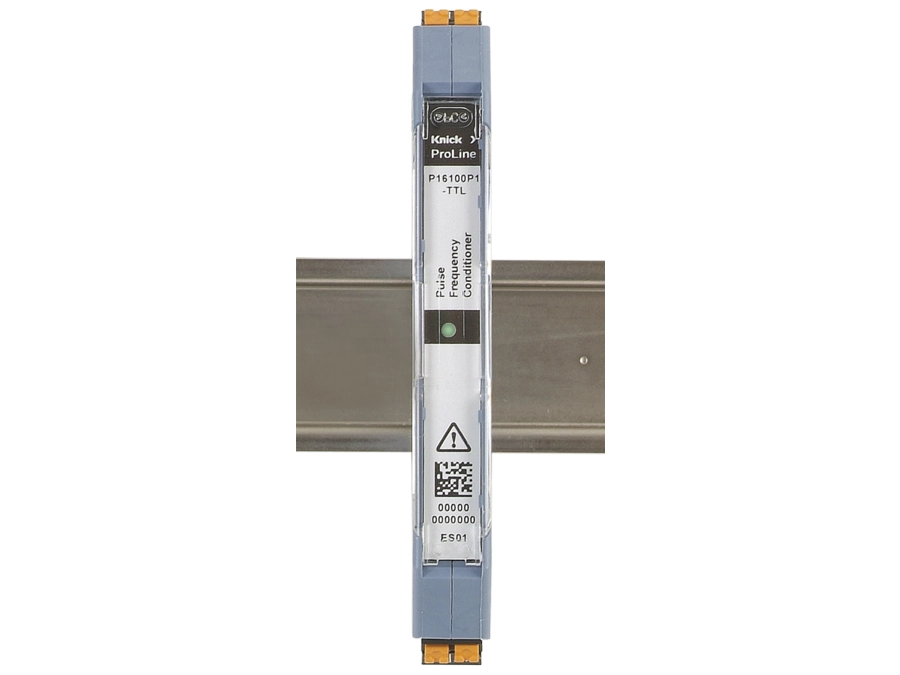
Mar 2021
Interface Technology
Pulse frequency conditioner for speed sensors
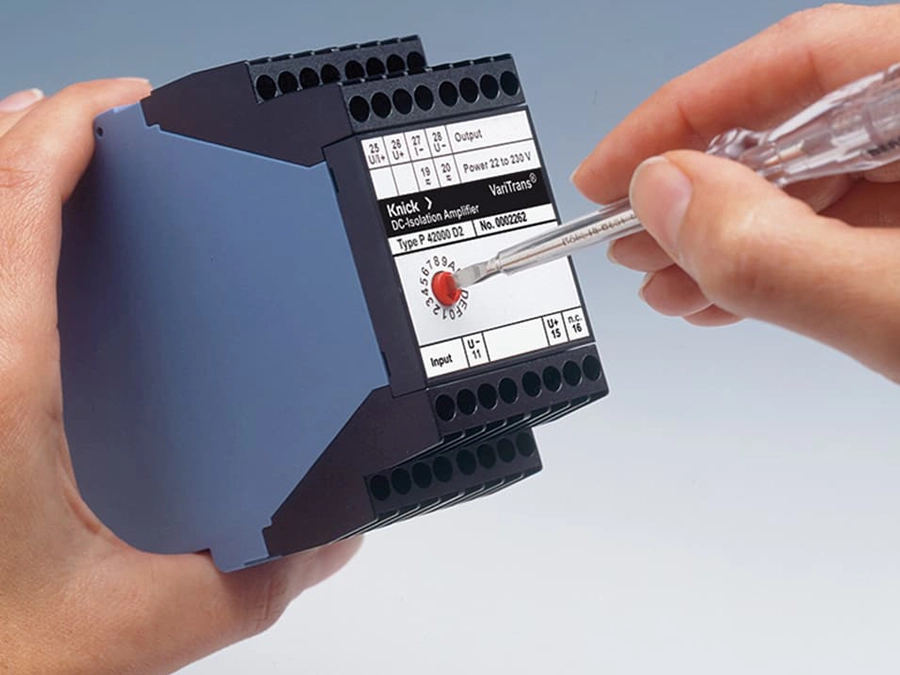
Nov 2020
Interface Technology
High-Voltage Transducer, Voltage, P42000D2
Worldwide smallest transducer up to ±2200 V
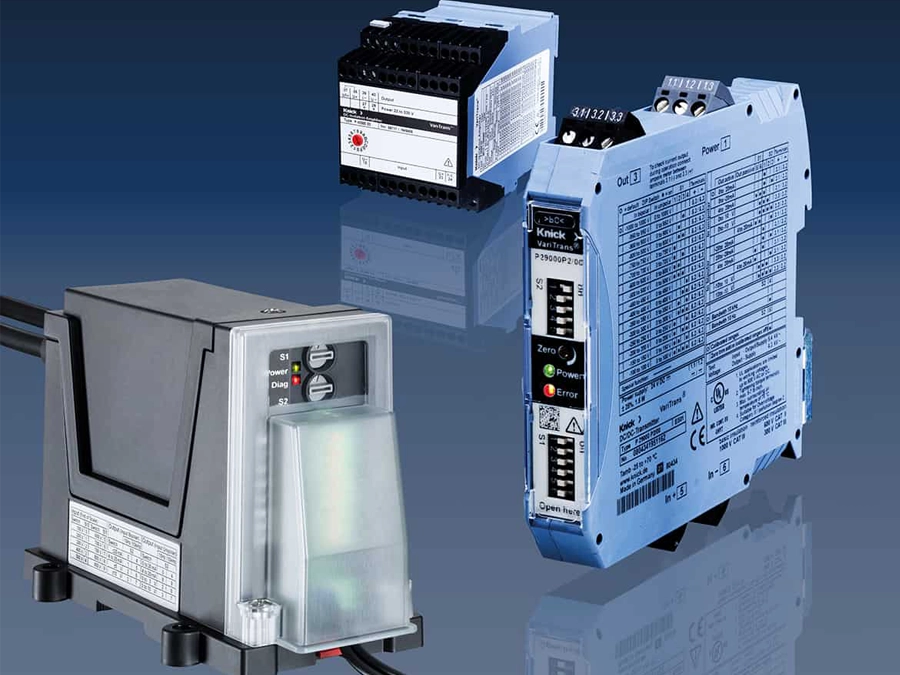
Aug 2020
Interface Technology
DC
Importance of broad-range power supplies for DC electrical measurement
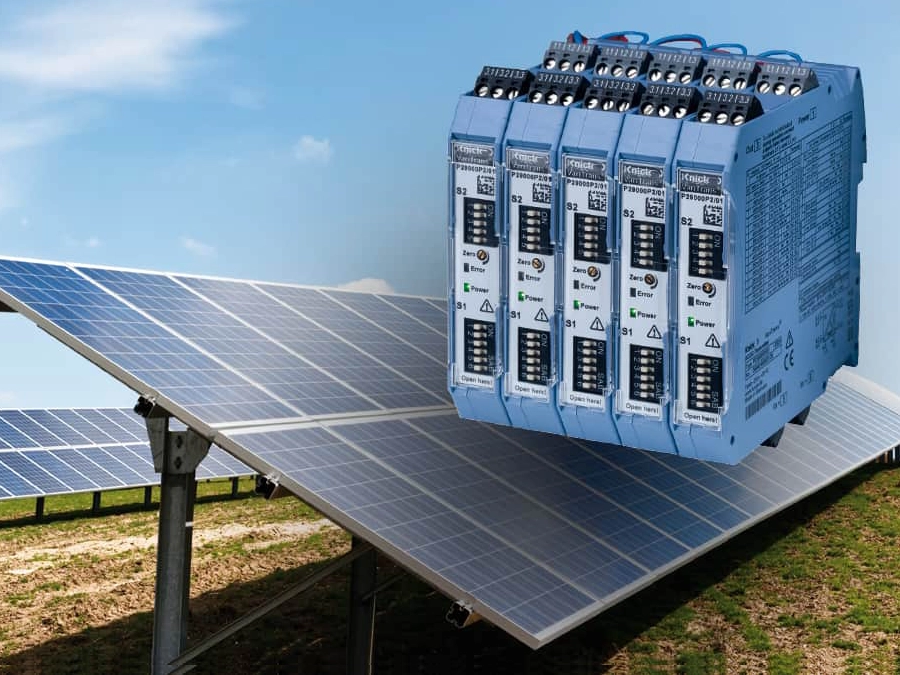
Jul 2020
Interface Technology
High-Voltage Transducer, DC, P29000
Measuring Photovoltaic Degradation
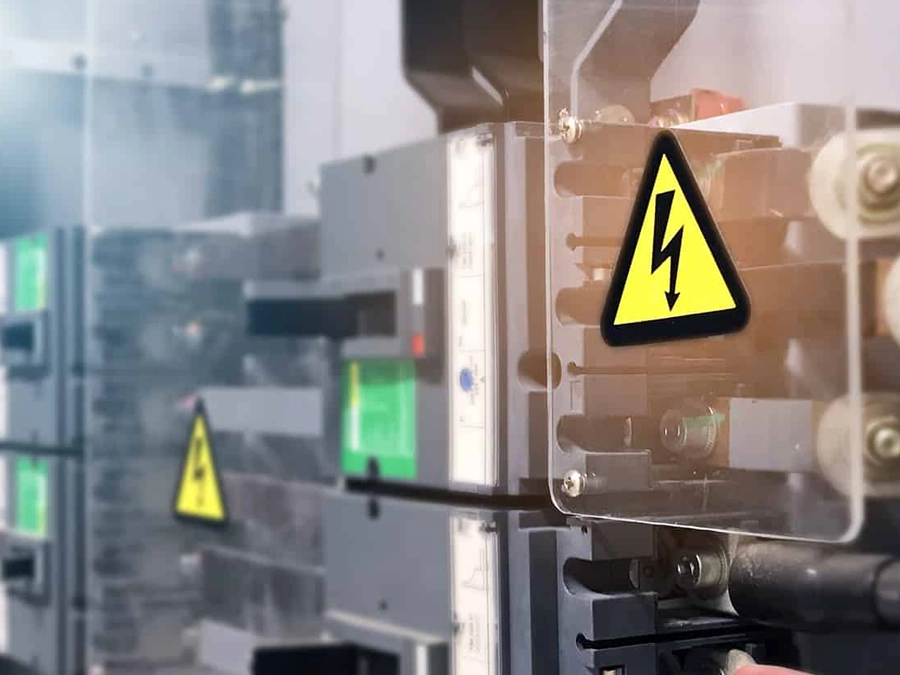
Jun 2020
Interface Technology
High-Voltage Transducer, USA
Electrical Measurement Solutions: Control from 480 to 4800 Volts

Jun 2020
Interface Technology
High-Voltage Transducer
Benefits of High Voltage Transducers versus Instrument Transformers
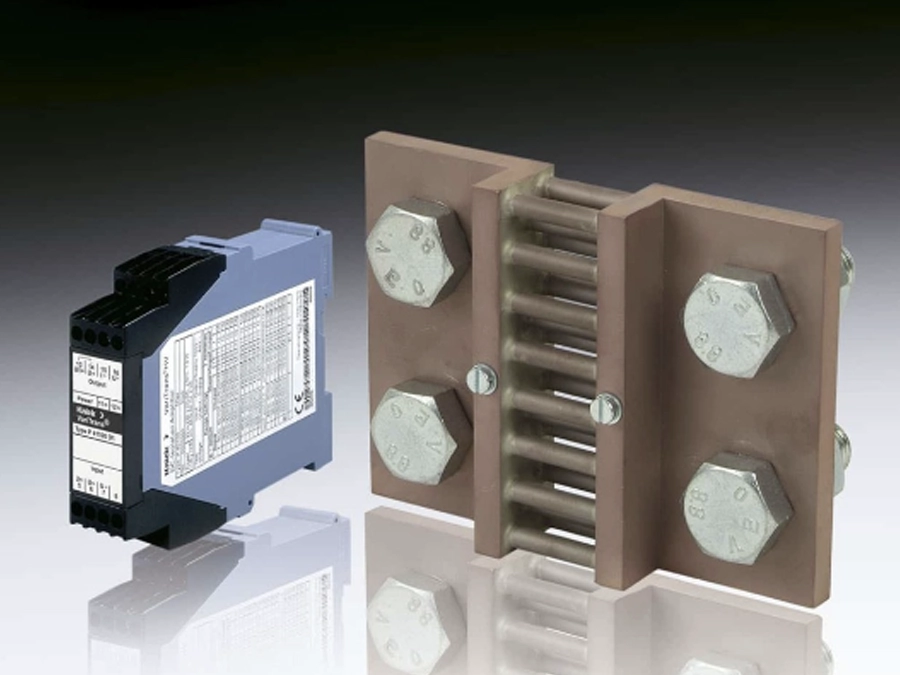
Nov 2019
Interface Technology
DC, USA, Current
Shunt Resistor versus Hall Effect Technology

Mar 2018
Interface Technology
MTBF beyond 3000 years: A snap hook for your plant

Jan 2018
Interface Technology
UL
Knick Products Comply With UL - What Does That Mean?
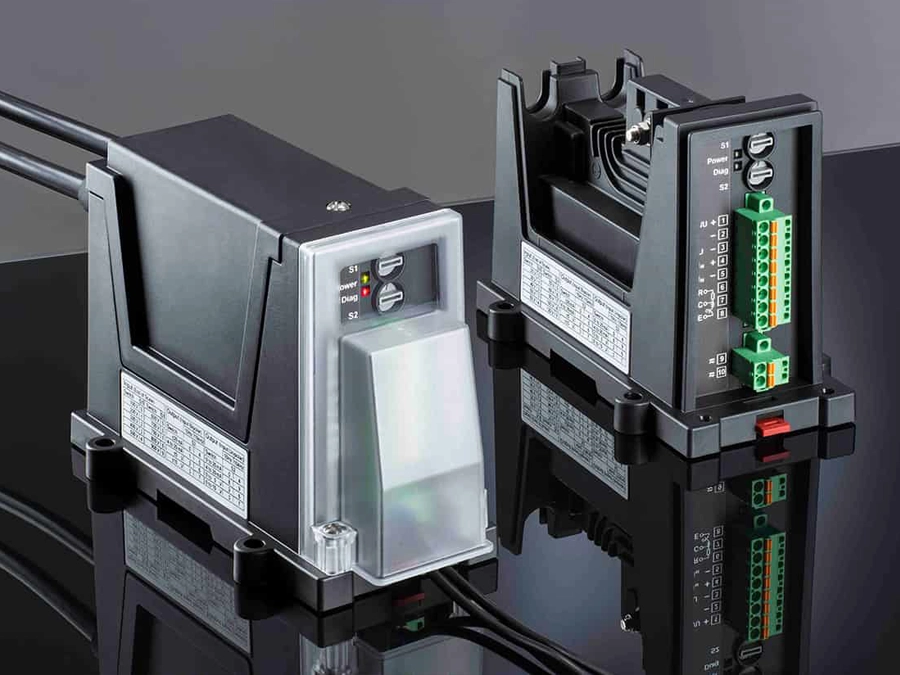
Nov 2017
Interface Technology
High-Voltage Transducer, P50000
High-voltage transducer offers more safety on railway vehicles

Feb 2017
Interface Technology
P41000TRMS
True RMS Measurement with P41000TRMS
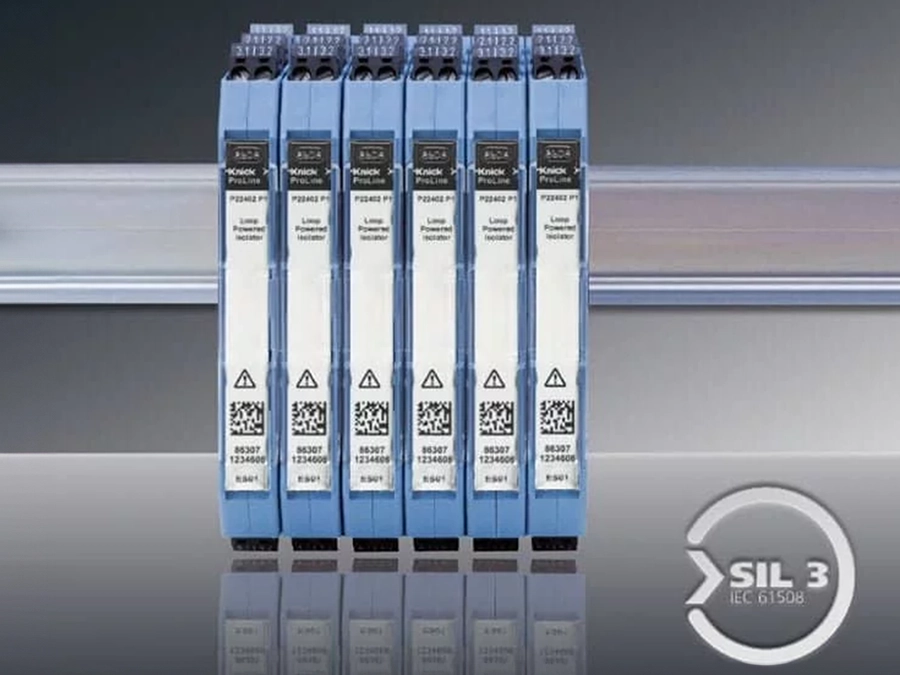
Feb 2017
Interface Technology
P22400, SIL

